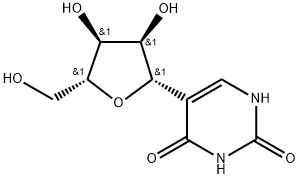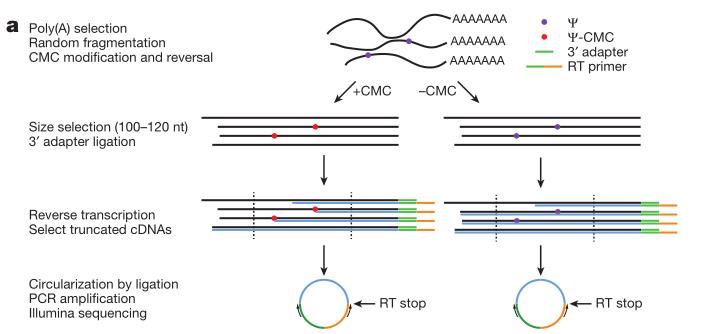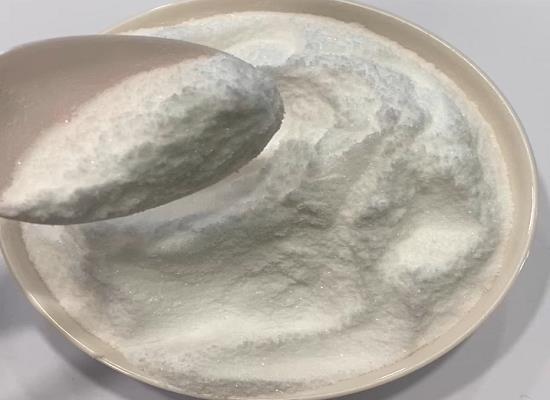Pseudouridine: Evolution and Functions
General Description
The evolution and functions of pseudouridine, a significant RNA modification, have been traced from its discovery in the 1950s to its diverse roles in various RNA types. Initially identified in non-coding RNAs, pseudouridine has since been found in messenger RNA and other RNA variants, indicating its importance in maintaining RNA integrity. In ribosomal RNA, pseudouridine influences ribosome function, impacting folding, assembly, decoding speed, and peptide bond formation. It also plays a critical role in tRNA structure, enhancing decoding activity and protein biosynthesis fidelity. Pseudouridine is involved in premRNA processing and can regulate mRNA stability and translation efficiency. Its dynamic nature and context-dependent effects suggest a potential role in genetic code rewiring. Further research is crucial to fully comprehend pseudouridine's molecular mechanisms and broader implications in RNA biology.
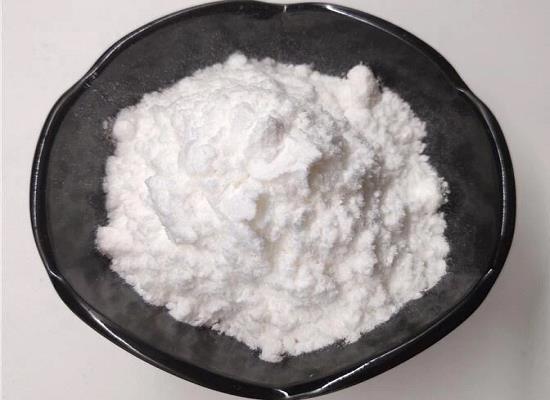
Figure 1. Pseudouridine
Evolution
The evolution of pseudouridine, a significant discovery in RNA modifications, can be traced back to the late 1930s and was definitively identified in the 1950s. Initially, researchers observed the four ribonucleosides with phosphoryl linkages in the C-2 or C-3 positions, assuming that C-5 linkages were not feasible. However, indirect evidence for C-5 phosphoryl linkages emerged in 1951 through periodate titrations on hydrolyzed yeast ribonucleic acid. In 1951, an unknown nucleoside 5’-phosphate was isolated from calf liver transfer RNA, later identified as pseudouridine. This compound was further isolated from various sources like yeast RNA, bacteria, dog pancreas, and rat liver. The discovery of pseudouridine sparked medical research interest, leading to its detection in the urine of patients with different diseases and notably in "mentally defective" patients. Eventually, the structure of pseudouridine was elucidated in 1959 by Cohn, initially named 5-ribosyl uracil before being commonly known as pseudouridine. The evolution of understanding pseudouridine showcases how pioneering research and forward-thinking approaches can lead to groundbreaking discoveries in molecular biology and medical science. 1
Functions
Pseudouridine plays diverse and essential functions in various types of RNA. Initially discovered in non-coding RNAs like ribosomal RNA, transfer RNA (tRNA), and small nuclear RNA (snRNA), recent sequencing studies have revealed pseudouridine modification sites in messenger RNA (mRNA), microRNAs, long non-coding RNAs (lncRNAs), small Cajal Body-specific RNAs (scaRNAs), small nucleolar RNAs (snoRNAs), and other RNA variants. This indicates the crucial role of proper pseudouridylation in maintaining overall RNA integrity and suggests that Ψ has specific functions in different RNA molecules. In ribosomal RNA, pseudouridine clusters in domains II, IV, and V, contributing to ribosome function. Domain V, which contains the peptidyltransferase center (PTC), where peptide bonds are formed during protein synthesis, is particularly influenced by Ψ. Pseudouridine in rRNA impacts ribosomal folding, assembly, decoding speed, proofreading accuracy, and efficiency of peptide bond formation. In transfer RNA, Ψ influences the structure of local domains without affecting the overall structure. These modifications are critical for proper tRNA binding to ribosomes, enhancing decoding activity, and improving protein biosynthesis fidelity. Pseudouridinylation also plays a role in premRNA processing by contributing to proper spliceosome formation when incorporated into major spliceosomal snRNAs. Recent studies have highlighted the dynamic nature of pseudouridinylation. It has been found that mTOR pathway controls inducible pseudouridylation in CHO cells, impacting cellular growth. Environmental signals, such as nutrient deprivation, heat and cold shock, and various treatments, regulate pseudouridylation sites in mRNA. Pseudouridylated mRNAs exhibit enhanced stability, translation efficiency, and can even convert nonsense codons to sense codons. Overall, the evidence suggests that pseudouridine has context-dependent effects and can fine-tune RNA structure and function. Its dynamic nature and involvement in diverse cellular processes indicate its potential role in rapid rewiring of the genetic code. Further research is needed to fully understand the molecular mechanisms and broader implications of pseudouridine in RNA biology. 2
Reference
1. Spenkuch F, Motorin Y, Helm M. Pseudouridine: still mysterious, but never a fake (uridine)! RNA Biol. 2014;11(12):1540-1554.
2. Stockert JA, Weil R, Yadav KK, Kyprianou N, Tewari AK. Pseudouridine as a novel biomarker in prostate cancer. Urol Oncol. 2021;39(1):63-71.
);You may like
Related articles And Qustion
Lastest Price from Pseudouridine manufacturers
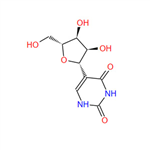
US $0.00-0.00/g2024-02-06
- CAS:
- 1445-07-4
- Min. Order:
- 10g
- Purity:
- 99.5%
- Supply Ability:
- 100kg monthly

US $0.00-0.00/g2023-11-15
- CAS:
- 1445-07-4
- Min. Order:
- 1g
- Purity:
- 98%min
- Supply Ability:
- 1000g
